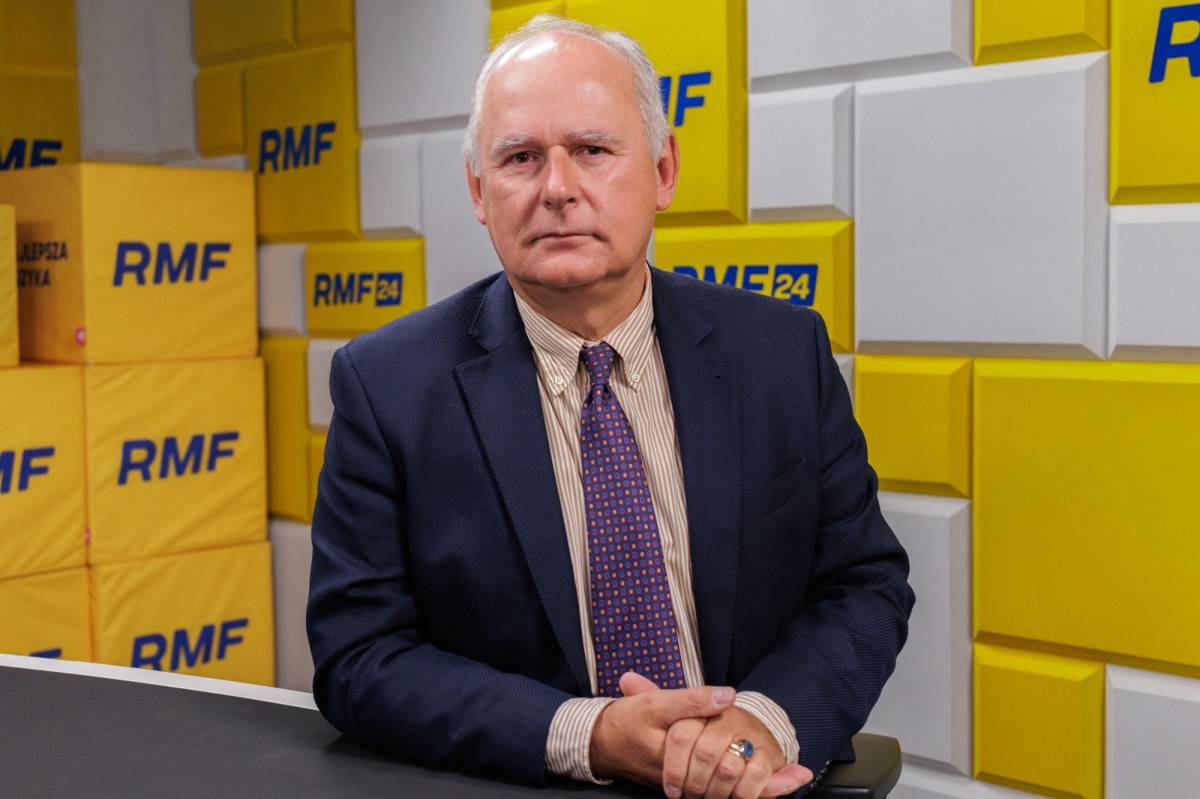
The Ministry of Finance forecasts for 2026 leave no illusion to entrepreneurs. Social safety contributions (ZUS) will go to evidence level, approaching PLN 2,000 per month. This means an increase of over PLN 200 compared to the current charges and the yearly cost of moving business higher by almost PLN 2500. For thousands of the smallest companies, frequently operating on the limit of profitability, specified a drastic increase may mean that the business must close. The fresh higher rates are the direct effect of the projected increase in average wage, which drives the automatic mechanics for raising contributions. Entrepreneurs face the specimen of yearly costs of ZUS exceeding PLN 23 thousand, without taking into account the wellness contribution. This is an amount that may prove to be an insurmountable barrier for many single-person economical activities, forcing them to reconsider the sense of continuing to operate on the market.
Why specified a drastic raise? The mechanics is automatic
The increase in ZUS contributions is not the consequence of an arbitrary political decision, but of a precise mechanics enshrined in the law. The assessment of social safety contributions for entrepreneurs is based on 60% of forecast average wage in the national economy. According to the latest forecasts of the Ministry of Finance, the average wage in 2026 is expected to scope the level PLN 9656 gross A month.
This is translated straight to the burden height. The basis for the contribution of ZUS in 2026 will so be PLN 5793.60. From this amount entrepreneurs will gotta pay the following contributions:
- Pension premium (19,52%): PLN 1130.91
- Pension premium (8.00%): PLN 463.49
- Disease contribution (voluntary, 2.45%): PLN 141,94
- Accident premium (average 1.67%): PLN 96.75
- Contribution to the Labour Fund (2.45%): PLN 141,94
The sum of these loads gives an astronomical amount 1975.03 PLN per month. Throughout the year this means a cost for the entrepreneur of PLN 23 700.36. It should be stressed that this is an amount that does not include a wellness contribution, the amount of which depends on the form of taxation and income generated. For many microcompanies, especially those operating in services and trade, the yearly cost of ZUS itself may exceed the year-round profit, putting the company's continued existence in question.
Microfirms on the edge. Who will feel the growth most?
The biggest weight of the increase will be felt by the smallest players in the marketplace – single-person business and micro-company. Talk about local hairdressers, plumbers, beauticians, tailors or tiny shopkeepers who service local communities. Additional over PLN 200 per month This is not a statistic, this is simply a real threat of liquidity loss.
The fundamental problem of the Polish strategy is that ZUS contributions are a constant, flat-rate burden, completely independent of the company's revenues or profits. The entrepreneur must pay nearly PLN 2000 even if in a given period he did not gain a buck due to illness, deficiency of orders or seasonal downtime. There's no area for flexibility or appeal. In low margin industries, where price competition is highly sharp, an increase in costs of over PLN 200 can absorb the full profit.
An effort to pass these costs on to customers by raising service prices frequently ends in losing them. Consumers, especially in smaller towns, are very price delicate and rapidly find a cheaper alternative. Thus entrepreneurs fall into a trap – they cannot rise prices, and rising fixed costs make their work unprofitable.
A contribution vacation is not enough. Why does government relief not solve the problem?
The government, aware of the expanding burden, has introduced a solution to relieve entrepreneurs – alleged "contribution holidays". They let micro-entrepreneurs to one-off monthly contribution waiver on social safety erstwhile a year. The programme started in November 2024 and is of large interest – 1.3 million applications were received only in the first month.
Unfortunately, mathematical analysis shows that it is simply a drop in the sea of needs. The savings resulting from 1 period of “vacation” from contributions in 2026 will be PLN 1975. This means that the yearly burden of ZUS will fall from PLN 23 700 to about PLN 21,725. The problem is that the current yearly charges (without a ‘waking’) are about PLN 21 287. In practice, this means that even after taking advantage of the relief, the entrepreneur in 2026 will pay more than currently.
Moreover, the benefit is subject to a number of conditions. It only benefits micro-enterprises with yearly income of up to EUR 2 million, employing up to 9 people. It is besides essential to meet the de minimis criteria and to submit appropriate documentation. The procedure, although to be simplified, continues to make bureaucracy and the hazard of making a mistake, which may consequence in the failure of the right to relief and the request to pay back with interest.
Mistaken ellipse of Polish economy. It was, but it's gonna get worse.
The evidence increase in ZUS contributions in 2026 is not a fresh phenomenon, but only another phase of dangerous trend. In fresh years entrepreneurs in Poland have been experiencing a constant increase in the cost of operating. First, they were the jump increases in the minimum wage, then the revolution in the rules on the calculation of the wellness contribution, and now the automatic mechanics of linking the Social safety Office with the average wage comes to the vote.
Experts point to a vicious circle. The government raises the minimum wage, which increases the projected average wage. Higher forecasts automatically rise ZUS contributions for entrepreneurs. The rising costs force companies to rise the prices of their goods and services, which in turn drives inflation. advanced inflation becomes an argument behind further, even higher wage increases, and the spiral turns on.
It is worth noting that in 2024 the government decided to increase the minimum wage at a higher level than the trade unions had suggested. There is so a hazard that the Ministry of Finance's current forecasts for 2026 are understated and the actual increase in contributions may prove even more painful. For many companies that are already balancing on the margin of profitability, any further increase can be the latter.
SME sector on the verge of collapse. What are the consequences for Poland?
Small and medium-sized enterprises (SMEs) are the bloodstream of the Polish economy. State 99.8% of all companies, give employment about 6.8 million Poles and make almost half of national GDP. If this pillar begins to waver under the force of rising costs, we will all feel the consequences. The mass closure of companies is not only an increase in unemployment, but besides a decrease in taxation revenues to the state budget.
The problem besides has a deep social dimension. The collapse of local, household businesses means desertification of tiny towns and villages. erstwhile the last store, car store or service plant disappears, residents lose not only access to basic services, but besides their local ties are weakened. This phenomenon leads to further centralisation and dependence on large commercial networks and corporations.
It is worth looking at this problem in a broader perspective. Within a decade, from 2016 to 2026, ZUS contributions will increase by more than 109%. This means that the entrepreneur in 2026 will pay monthly by over 900 PLN more than 10 years earlier. specified an increase in burden is incomparable to any another sector of the economy. The question remains whether Polish entrepreneurship will withstand another specified powerful blow. The year 2026 may prove to be a breakthrough – either an urgent improvement of the strategy to make it more flexible, or we will witness a wave of bankruptcies that will forever change the scenery of the Polish economy.
Continued here:
ZUS contribution in 2026 close to PLN 2000. This is simply a blow for thousands of tiny companies in Poland!















